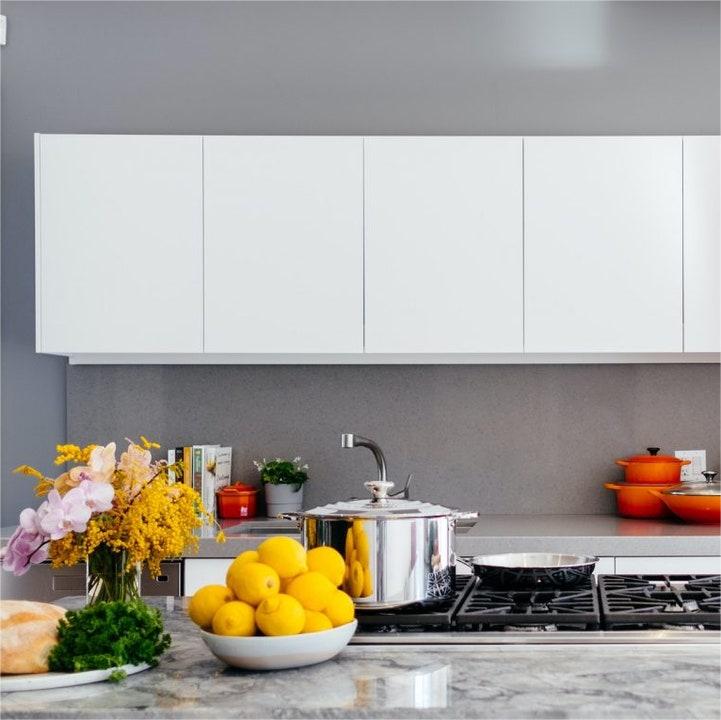Contemporary Textured Glass Chandelier: A Modern Lighting Statement
In the realm of interior design, lighting fixtures play a pivotal role in shaping the ambiance and aesthetic of a space. Among the myriad of options available, the contemporary textured glass chandelier stands out as a striking blend of artistry and functionality. These chandeliers are not merely sources of illumination; they are statement pieces that can transform an ordinary room into an extraordinary environment.
The intricate designs and unique textures of these glass fixtures create a captivating interplay of light and shadow, enhancing the overall visual appeal of any setting. Contemporary textured glass chandeliers Mezohome are characterized by their innovative designs that often incorporate various glass-blowing techniques, resulting in unique patterns and finishes. This modern approach to chandelier design reflects a departure from traditional styles, embracing a more artistic and sculptural form.
As homeowners and designers seek to create personalized spaces that reflect individual tastes, these chandeliers have gained popularity for their ability to serve as focal points while providing functional lighting. The allure of textured glass lies not only in its aesthetic qualities but also in its versatility, making it suitable for a wide range of interior styles, from minimalist to eclectic.
The Evolution of Chandelier Design
The history of chandeliers dates back to the Middle Ages when they were primarily utilitarian fixtures made from wood and iron, designed to hold candles. Over the centuries, chandeliers evolved into symbols of wealth and sophistication, particularly during the Baroque and Rococo periods when they were adorned with crystals and elaborate ornamentation. The introduction of glass in chandelier design marked a significant turning point, allowing for greater creativity and complexity in form.
Venetian glassmakers, in particular, became renowned for their exquisite craftsmanship, producing intricate designs that dazzled the elite. As design movements progressed into the 20th century, the chandelier underwent further transformations. The Art Deco period brought forth geometric shapes and bold colors, while mid-century modern designs favored simplicity and organic forms.
The late 20th century saw a resurgence of interest in artisanal craftsmanship, leading to a renewed appreciation for handmade glass chandeliers. Today, contemporary designers draw inspiration from this rich history while incorporating modern materials and techniques. The result is a diverse array of styles that cater to various tastes, with textured glass chandeliers emerging as a prominent choice for those seeking to blend tradition with innovation.
The Beauty of Textured Glass
Textured glass is celebrated for its ability to diffuse light in captivating ways, creating an enchanting atmosphere within any space. The surface of textured glass can vary significantly, featuring patterns such as ripples, bubbles, or frosted finishes that interact with light to produce stunning visual effects. This unique quality not only enhances the aesthetic appeal of a chandelier but also softens the harshness of direct light, making it more inviting and comfortable for occupants.
Moreover, the beauty of textured glass lies in its ability to complement a wide range of design styles. For instance, a chandelier with a frosted finish may evoke a sense of elegance and sophistication, making it ideal for formal dining rooms or grand entryways. In contrast, a piece featuring bold geometric patterns can add a contemporary edge to modern spaces or industrial lofts.
The interplay between light and texture creates an ever-changing visual experience; as the light shifts throughout the day, so too does the appearance of the chandelier, ensuring that it remains a dynamic focal point within the room.
The Versatility of Contemporary Textured Glass Chandeliers
One of the most compelling aspects of contemporary textured glass chandeliers is their versatility. These fixtures can seamlessly integrate into various interior design schemes, from minimalist and Scandinavian to bohemian and eclectic. Their ability to adapt to different styles makes them an excellent choice for homeowners looking to make a statement without overwhelming their existing decor.
In open-concept spaces, a large textured glass chandelier can serve as a unifying element that ties together different areas while providing functional lighting. For example, in a spacious living room that flows into a dining area, a striking chandelier can delineate the two spaces while adding visual interest. Additionally, smaller textured glass chandeliers can be used in clusters or as part of layered lighting schemes to create intimate settings in bedrooms or reading nooks.
This adaptability allows designers to experiment with scale and arrangement, ensuring that each piece enhances the overall design narrative.
How to Incorporate a Textured Glass Chandelier into Your Space
Incorporating a textured glass chandelier into your space requires thoughtful consideration of both placement and style. First and foremost, it is essential to assess the scale of the room and the height of the ceilings. A grand chandelier can make a bold statement in a high-ceilinged foyer or dining room, while smaller fixtures may be more appropriate for cozy spaces like bedrooms or home offices.
When selecting a location for your chandelier, consider areas where it can serve as both a source of light and an artistic focal point. The color palette and existing decor should also inform your choice of chandelier. Textured glass comes in various hues and finishes, from clear and frosted to colored or iridescent options.
A clear or frosted glass chandelier can provide a timeless elegance that complements neutral color schemes, while colored glass can introduce vibrant accents that enhance the overall aesthetic. Additionally, consider how the chandelier interacts with other elements in the room—such as furniture, wall colors, and artwork—to ensure a cohesive design.
The Impact of Lighting on Interior Design
Lighting is one of the most critical elements in interior design, influencing not only the functionality of a space but also its mood and atmosphere. The right lighting can enhance architectural features, highlight artwork, and create an inviting ambiance that encourages relaxation or social interaction. Chandeliers, particularly those made from textured glass, play a significant role in achieving these effects by providing both direct and ambient lighting.
The interplay between light and texture is particularly important in creating depth within a room. Textured glass chandeliers scatter light in various directions, casting intriguing shadows and reflections that add dimension to flat surfaces. This dynamic quality can transform an otherwise ordinary space into one that feels vibrant and alive.
Furthermore, layering different types of lighting—such as ambient, task, and accent—can enhance the overall design scheme while allowing for flexibility in how spaces are used throughout the day.
Choosing the Right Size and Style for Your Space
Selecting the appropriate size and style for your textured glass chandelier is crucial to achieving balance within your interior design scheme. A common guideline for determining chandelier size is to add the dimensions of the room (in feet) together; this sum (in inches) will give you an approximate diameter for your chandelier. For example, if your dining room measures 12 feet by 15 feet, you would look for a chandelier with a diameter of around 27 inches.
In addition to size considerations, style plays an equally important role in ensuring that your chandelier complements your overall design vision. Contemporary textured glass chandeliers come in various forms—ranging from sleek and modern designs with clean lines to more ornate pieces that feature intricate detailing. When choosing a style, consider not only your personal preferences but also how the chandelier will interact with other elements in your space.
A minimalist chandelier may clash with heavily ornate furnishings, while an elaborate piece could overwhelm a simple decor scheme.
Maintenance and Care for Textured Glass Chandeliers
Maintaining the beauty and functionality of textured glass chandeliers requires regular care and attention. While these fixtures are generally durable, they can accumulate dust and grime over time, which may dull their luster and affect their performance. To keep your chandelier looking its best, it is advisable to dust it regularly using a soft cloth or feather duster.
For deeper cleaning, you can use a mixture of warm water and mild soap; however, it is essential to avoid harsh chemicals that could damage the glass or finish. When cleaning your chandelier, always ensure that it is turned off and cool to prevent any accidents or damage. If your chandelier features intricate designs or hard-to-reach areas, consider using a soft-bristle brush or compressed air to remove dust without scratching the surface.
Additionally, check for any loose connections or damaged components periodically; addressing these issues promptly will help maintain both safety and functionality over time. In conclusion, contemporary textured glass chandeliers represent an exciting intersection of art and utility within interior design. Their evolution from traditional forms reflects changing tastes and technological advancements while their unique beauty offers endless possibilities for enhancing any space.
By understanding how to incorporate these stunning fixtures effectively into your home or project, you can create environments that are not only visually appealing but also inviting and functional.




